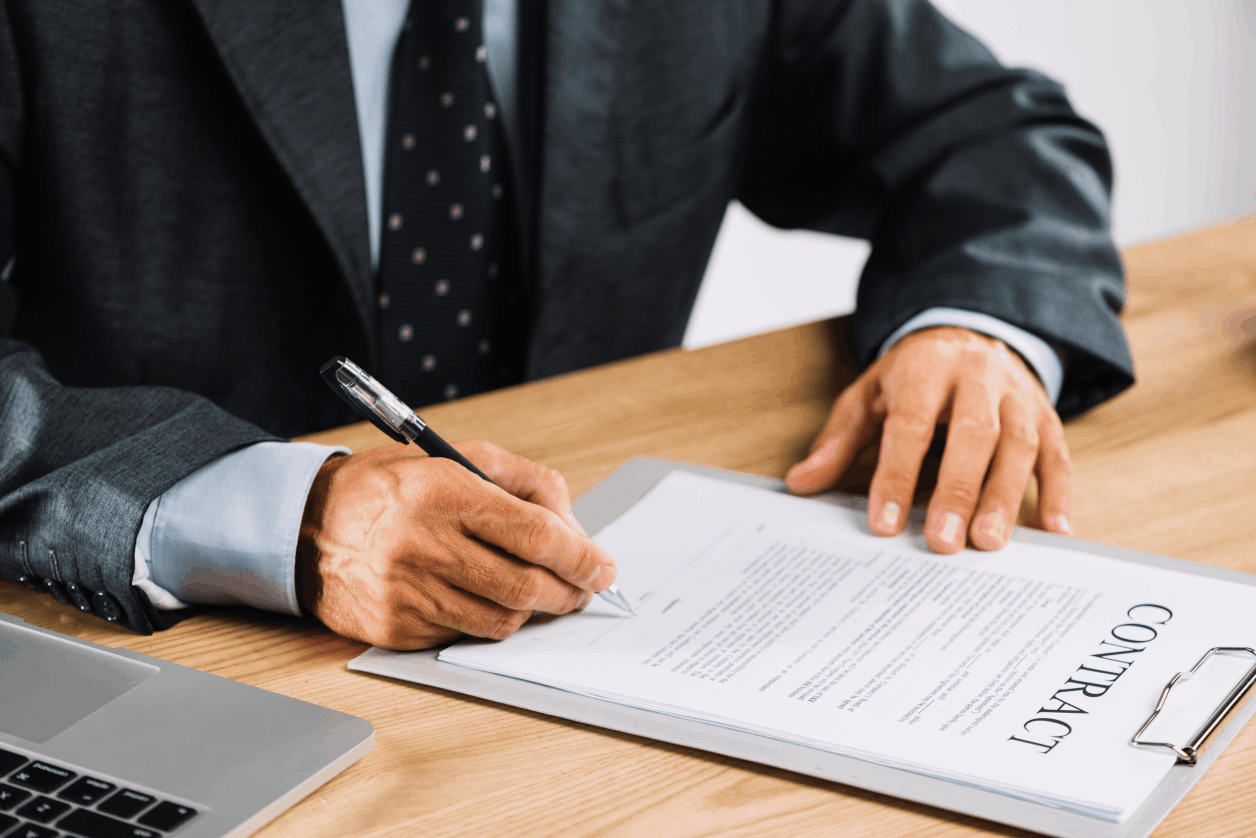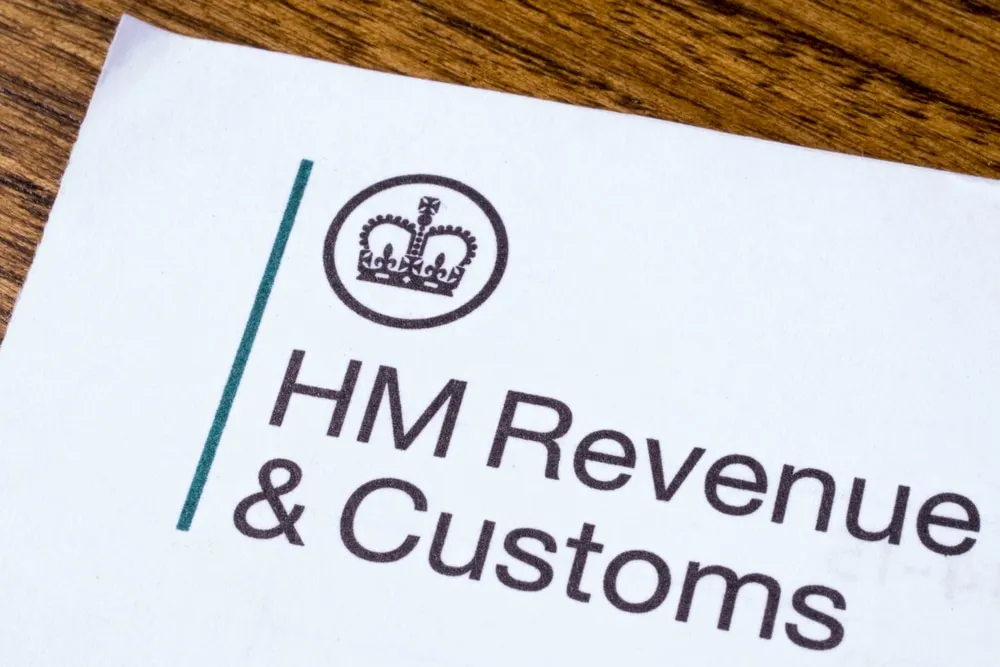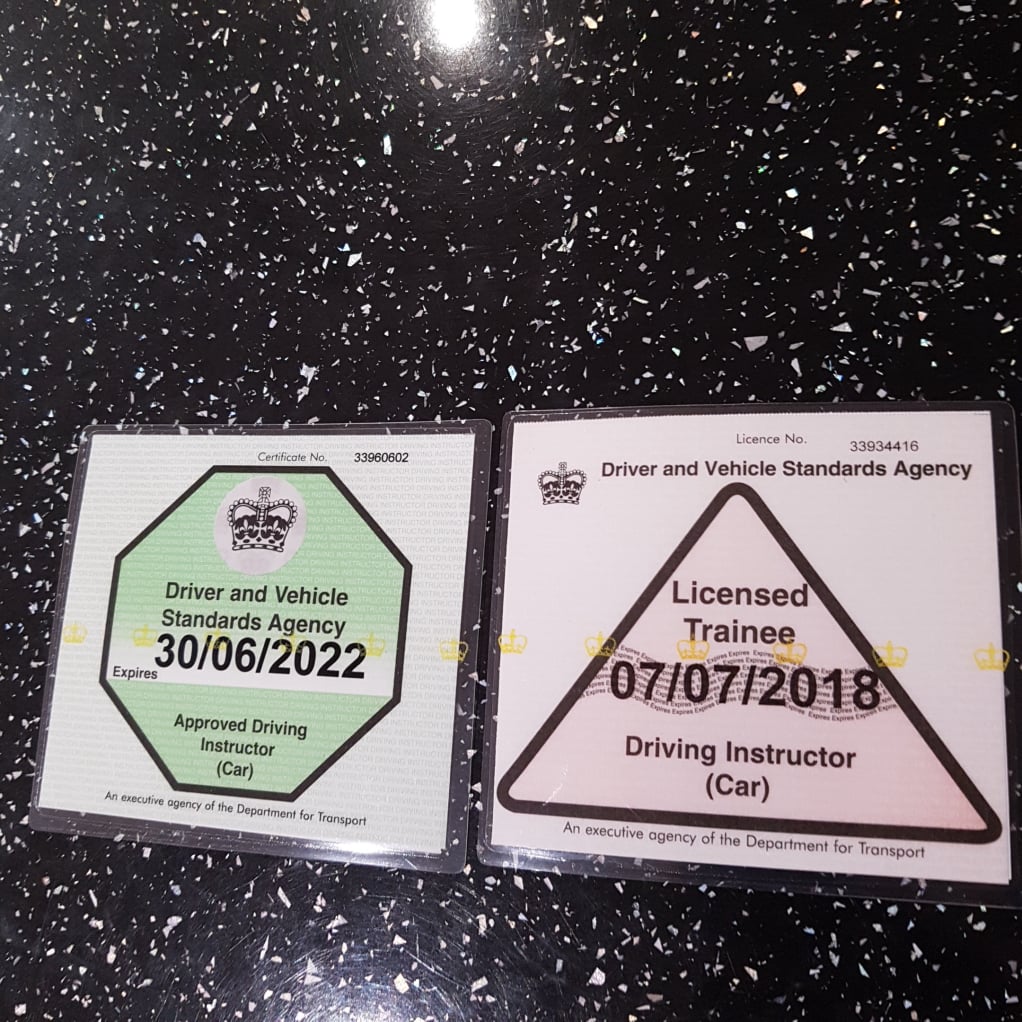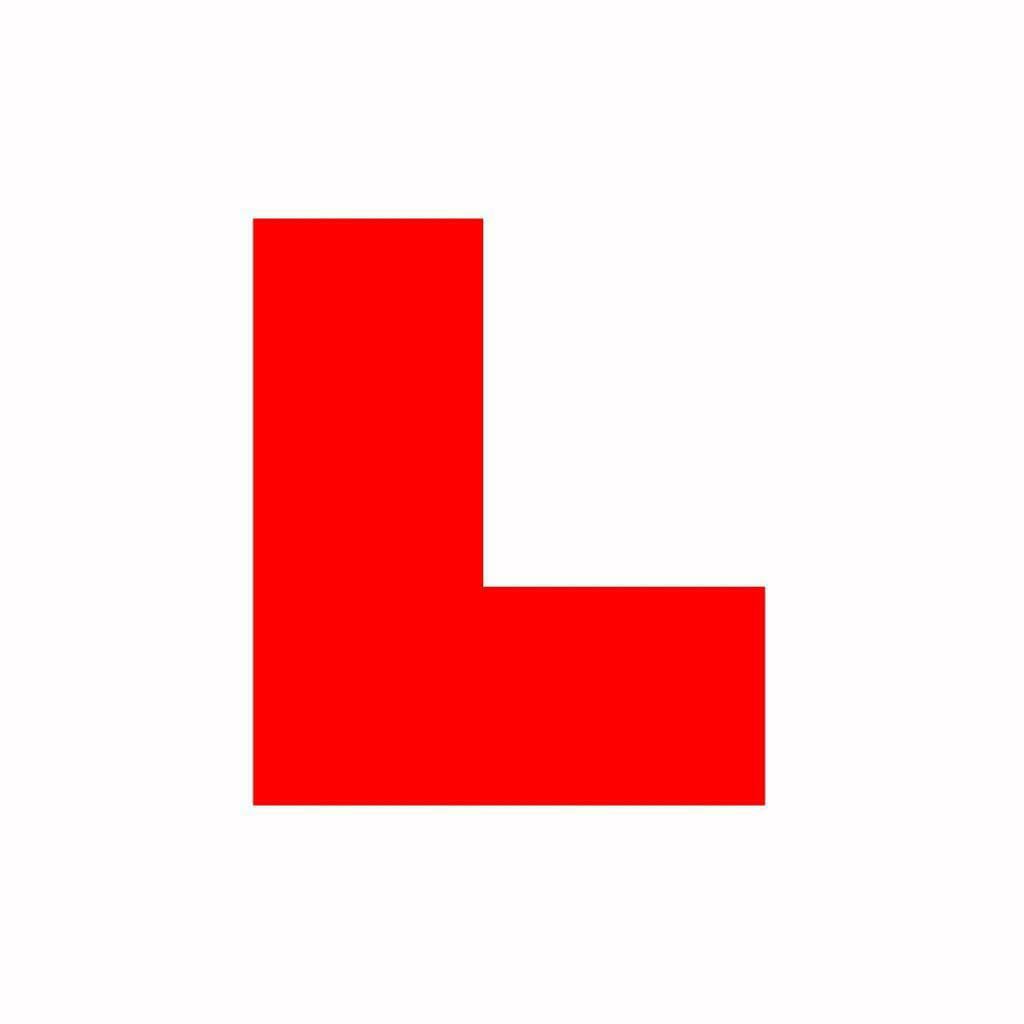Are you being legal?



If you set up as a sole trader business, you:
are classed as self-employed for tax purposes
are personally responsible for your business’s debts
have some accounting responsibilities
If you set up a partnership, you:
are classed as self-employed for tax purposes
share responsibility for your business’s debts
have accounting responsibilities
If you form a limited company:
you are an employee of the limited company and are classed as employed for tax purposes
its finances are separate from your personal finances
there are more reporting and management responsibilities.
Some people get help from a professional, for example an accountant, but you can set up a company yourself.
You can be a Sole Trader if the following applies:
* You are running your own business as an individual
* You work for yourself.
If this is what you intend to do, you will need to choose a business name.
Sole Trader names must not:
*include 'limited', 'Ltd', limited liability partnership', 'public limited company' or 'plc'
*be offensive
*be too similar to another company's trademark name
(because you may have to change it if someone makes a complaint)
You must include your name and business name on official paperwork, for example invoices and letters.
You must keep records of your business income and expenditure for your tax return.
Cash accounting is now the default method of accounting. You must opt out if you want to use traditional accounting or cannot use cash basis accounting.
CASH BASIS ACCOUNTING
Most small businesses can use cash basis reporting.
With this method, you only record income or expenses when you receive money or pay a bill. This means you will not need to pay Income Tax on money you have not yet received in your accounting period.
EXAMPLE:
You invoiced someone on 15th March 2023 but did not receive the money until 30th April 2023. Record this income for the 2023-2024 tax year.
TRADITIONAL ACCOUNTING
Many businesses use traditional accounting where you record income and expenses by the date you invoiced or were billed.
EXAMPLE:
you invoiced a customer on 28th March 2023. You record that invoice for the 2022 to 2023 tax year - even if you did not receive the money until the next tax year.
WHAT RECORDS TO KEEP.
You'll need to keep records of:
* All sales and income
* All business expenses
* VAT records if you're registered for VAT
* PAYE records if you employ people
* Records about your personal income
* All receipts for goods and stock
* Bank statements, chequebook stubs
* Sales invoices, till rolls and bank slips
* Your grants, if you claimed through the Self-Employment Income Support Scheme.
WHY YOU KEEP RECORDS
You do not need to send your records in when you submit your tax return but you need to keep them so you can:
* Work out your profit or loss for your tax return
* Show them to HM Revenue and Customs (HMRC) if asked
you must make sure your records are accurate.
IF YOU ARE USING TRADITIONAL ACCOUNTING
As well as the standard records, you'll also need to keep further records so that your tax return includes:
* What you're owed but have not received yet
* What you've committed to spend but have not paid out yet, for example you've received an invoice but have not paid it yet
* The value of stock and work in progress at the end of your accounting period
* Your year end bank balances
* How much you've invested in the business in the year
* How much money you've taken out for your own use
REGISTER AS A SOLE TRADER
You must register as a Sole trader if:
* You earn more than £1,000 in a tax year
(from 6th April to 5th April)
* You need to prove you're self-employed, for example to claim Tax-Free Childcare
* You want to make voluntary Class 2 National Insurance payments to help you qualify for benefits and State pension
If you register late, or do not register you may get a penalty.
You'll need a National Insurance Number to register for Self Assessment. If you do not have a National Insurance Number you can apply for one here
https://www.gov.uk/apply-national-insurance-number
Check what taxes may apply to you.
https://www.tax.service.gov.uk/guidance/check-what-taxes-may-apply-to-you-as-a-sole-trader/start/working-sole-trader
You can use the Self Assessment tax calculator to estimate your self assessment tax bill. link based for 2024-2025
https://www.tax.service.gov.uk/guidance/estimate-your-self-assessment-tax-bill/start/what-country-do-you-live-in
Use the following link for a step by step guide for setting up as a sole trader.
https://www.gov.uk/guidance/help-and-support-if-youre-self-employed?step-by-step-nav=01ff8dbd-886a-4dbb-872c-d2092b31b2cf

It is illegal to accept any payment, including money for fuel when supervising someone who is learning to drive unless you have either a PDI or ADI licence to teach.
You can supervise someone who is learning to drive if:
You are at least 21 years old.
You are qualified to drive the type of vehicle they are driving. for example if they are learning in a manual car, you must have a full manual car licence.
You must have held a full driving licence for at least 3 years (from the UK, the EU, Switzerland, Norway, Iceland or Liechtenstein)
You are not currently banned from driving.
You will need to apply for a DBS check to be carried out prior to applying to become an instructor. This is carried out by an independent party used by the DVSA.
A PDI licence (the Pink licence) is permitted if you have a sponsor from whom your pupil's will come from and is a training licence for you to build your skills as an instructor prior to taking your part 3 test.
The PDI licence lasts for a period of 6 months and a second licence can be applied for but not guaranteed to be permitted. This will depend on certain circumstances.
The ADI licence is issued once you have passed your part 3 test and are deemed a fully qualified driving instructor. The ADI licence lasts for a period of 4 years. You will need to re-apply for another one prior to your existing one expiring. You will usually be required to have taken a Standards Check at some stage within the period the licence has been issued for.
At all times while you are teaching for reward, either pink or green licence MUST be displayed in the windscreen of your vehicle.
The person you are teaching MUST:
Have a valid UK provisional driving licence
Meet the minimum eyesight rules
Be at least 17 years old.
If teaching someone who is 16 they must get, or have applied for, the enhanced rate of the mobility component of Personal Independence Payment (PIP).
You need to ensure the vehicle you use is suitable.
The learner can practice driving with you in any make or model of car.
The car you use must:
Be fitted with L plates ( or D plates in Wales) these must be on the front and back of the car.
The car must be Taxed
Have a valid MOT (if it needs one)
Be safe to drive
Be registered with the DVLA
Be insured to cover anyone driving your car. If a learner is driving their own car they must be the registered keeper, and have their own insurance policy covering them as a learner driver.
Some insurance companies require the person supervising a learner driver to be over 25 years old. Check with the insurance policy before the learner drives with you.
A learner driver can get an unlimited fine, a driving ban and up to 8 penalty points if they drive without insurance.
If you are carrying out lesson in the learner's car!
Check with the insurance company if the learner intends to have driving lessons with a driving instructor in the learner's car. Some policies DO NOT cover this.
Driving lessons on a Motorway with a learner driver, can ONLY take place with a Driving instructors car who holds a FULL ADI LICENCE and their car is fitted with dual controls.

It is not a legal requirement to have a top box on the roof of your vehicle, but is a legal requirement to display L plates to the front and rear of your vehicle while supplying lessons that meet legal measurement requirements.